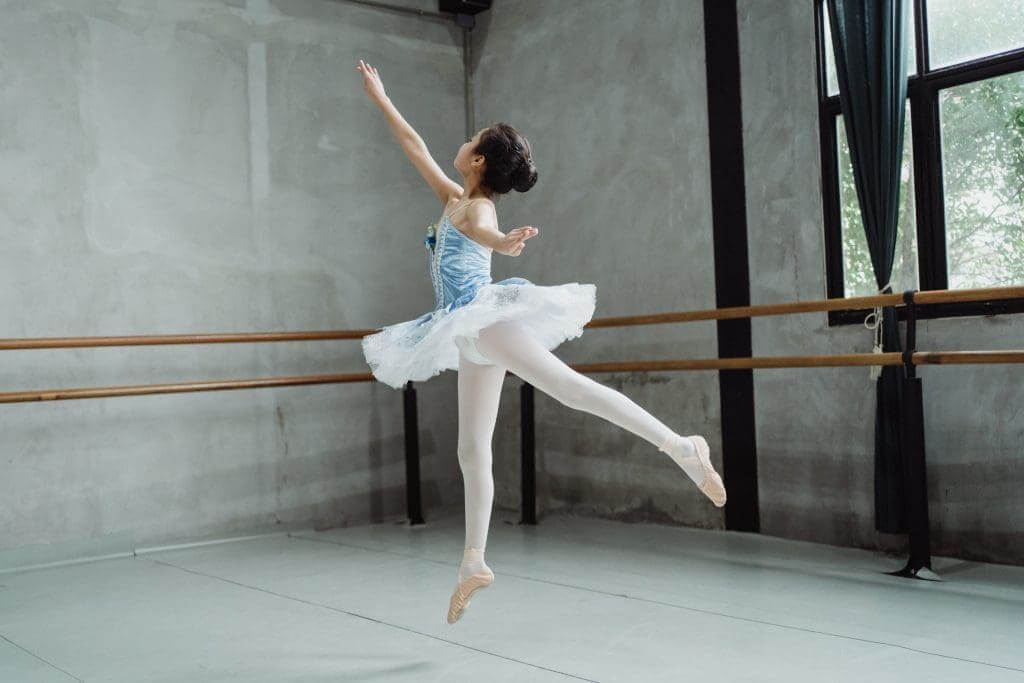
Growing pains in children
Although the name suggests this, these pains are not related to growth. Therefore, the official medical term for these types of pains are ‘benign nocturnal pains of childhood’. But if you’ll allow me, I will continue referring to them as ‘growing pains’ in this chapter.
Also, this topic is actually found under rheumatology, not orthopedics, in medical textbooks.
This is a condition that on one hand, is very common in pediatrics and on the other, can be very distressing to parents (and usually, unjustifiably so). Nonetheless, the price of overlooking other conditions may be high so parents should be familiar with the typical signs and symptoms of growing pains in children.
Indeed, this post was written by the disease specialist, Professor Gil Amarilyo, a senior pediatric rheumatologist listed under Dr Efi’s recommended physicians in the following link.
What percentage of children have growing pains?
Between 10-20% of children have growing pains. The condition is more common between the ages 4-12.
What are the characteristics signs and symptoms of growing pains in children?
Growing pains have several specific characteristics that set them apart from other important medical conditions.
Please note the following characteristic signs and symptoms, and just as importantly, the signs and symptoms that do not fit the diagnosis:
Complaints are intermittent – every other day, every other week. Surely not every consecutive night for a prolonged period of time.
Both sides of the body hurt – it can hurt on the right side one day and the left side on another. The pain is not always in the same location.
Location – pain at the frontal aspect of the thigh and shin are common. The pain is never in any joints or in the groin area. Less common locations are the upper limbs.
Type of pain – mainly cramps and discomfort. The pain does not increase in intensity and is never severe enough to stop the child from doing anything.
Time of the day – the pain typically appears in the late afternoon or evening. It is more common in the evening, after a day of strenuous activity. You don’t usually see a child suffering from this type of pain during the day.
According to the books, it is not rare for growing pains to wake a child up from their sleep. However, it will usually resolve quickly, and will always disappear by morning time.
The pain responds relatively quickly to a massage or pain killers.
Why is it important to know and recognize growing pains in children?
Mainly so that other important diagnoses are not missed, but also to offer appropriate treatment to the child.
When should a pediatrician be seen for this complaint?
There’s no harm in approaching a pediatrician and describing the symptoms your child is experiencing. Allow the pediatrician to perform an assessment and determine whether the symptoms are likely to be caused by growing pains so that they can reassure you that everything is normal.
Of-course, if your child is experiencing pain that is different to the signs and symptoms that I described above, a visit to the doctor is a must!
What is the role of the pediatrician in this case?
The pediatrician will listen carefully, take a full medical history and make sure that the complaints match the signs of growing pains. The pediatrician will look out for any ‘red flags’ that may indicate a different diagnosis.
The pediatrician will make sure that the child is usually healthy, is growing and developing well and hasn’t been suffering from fever or weight-loss.
A full physical examination, focusing on the muscles, bones and joints must be carried out. There shouldn’t be any signs of local redness, swelling or tenderness. Range of movement of all joints should be normal.
Lab tests and imaging are not usually necessary.
Do children with growing pains suffer from other accompanying problems?
Interestingly, these days, children who experience growing pains are often thought to have a different concept or understanding of pain. It has been shown that these children have a higher tendency to suffer from and complain of headaches and abdominal pain.
But please, don’t let this idea make you think that these children do not actually experience pain or that they only pretend to be in pain. It just seems like something about the amplification of pain is different in these children.
How are growing pains in children treated?
Children (and parents) should be reassured that these pains are very common and do not indicate a complex or worrisome condition.
During an episode, a massage at the site of the painful muscle can often work wonders. Stretching the muscle may also be helpful when in pain. In addition, the use of a warm compress may help. Pain killers, mainly ibuprofen (a non-steroidal anti-inflammatory drug) may also be helpful.
In summary:
A simple topic. This is why I love pediatrics so much.
But don’t fall into a trap and miss other important diagnoses. Whenever in doubt, and especially if the presentation is atypical, make sure to turn to a pediatrician you count on for a consult.
In summary:
A simple and mundane topic. This is why I love pediatrics so much.
On the other hand, one shouldn’t fall into a trap and miss other important diagnoses. Thus, whenever in doubt, and surely given an atypical presentation, turn for consultation and examination by a pediatrician you count on.
For comments and questions, please register
